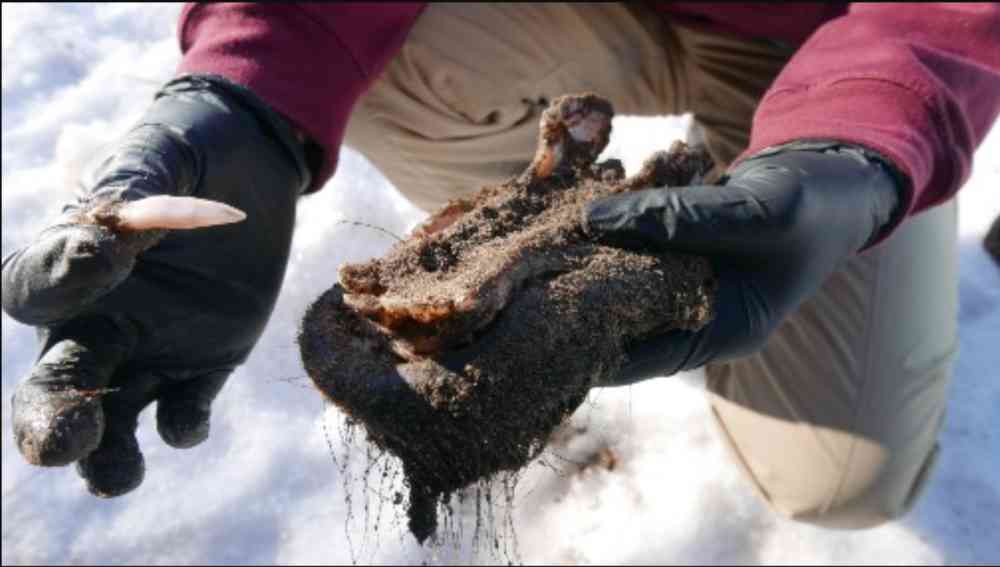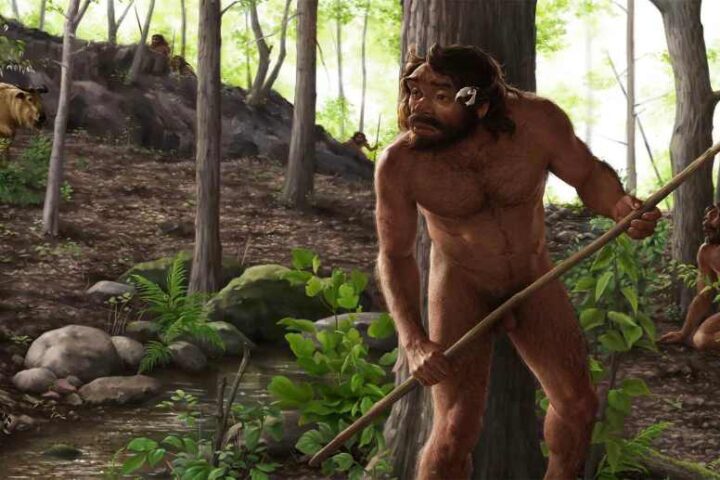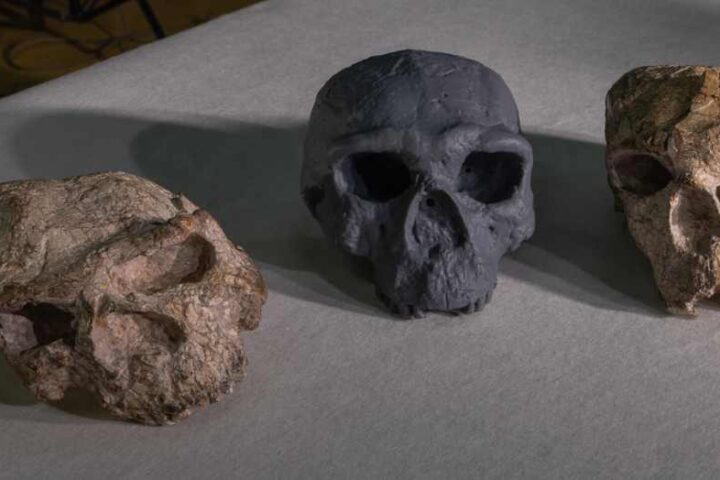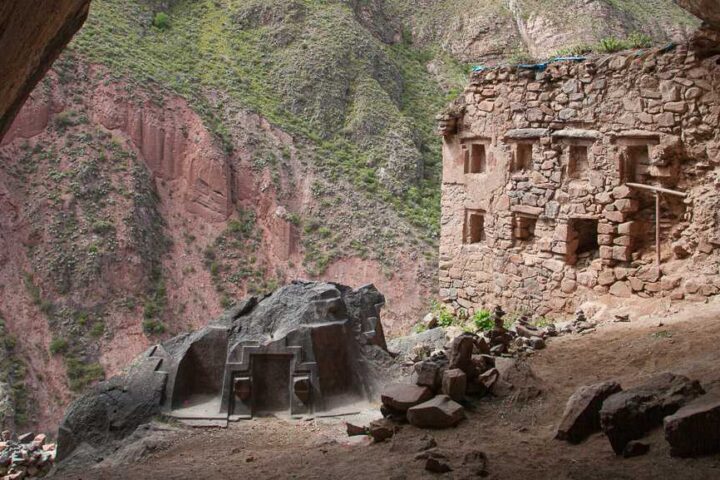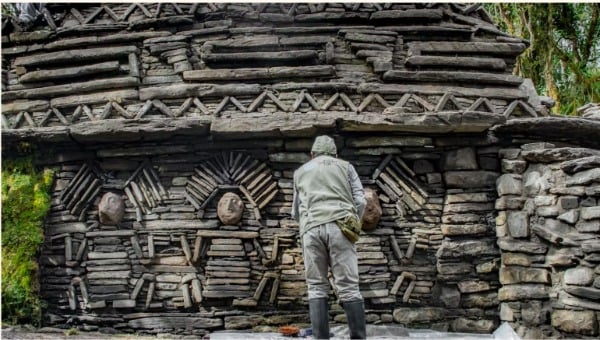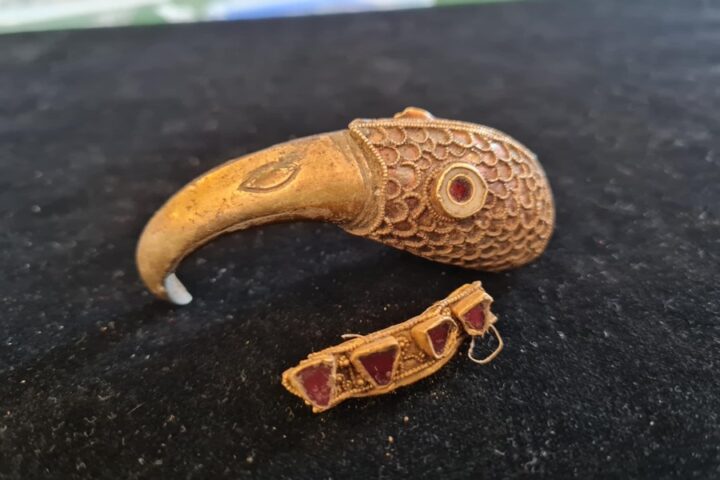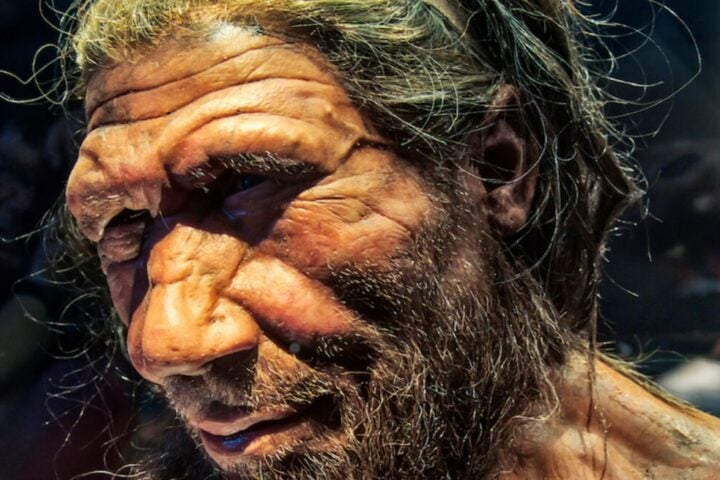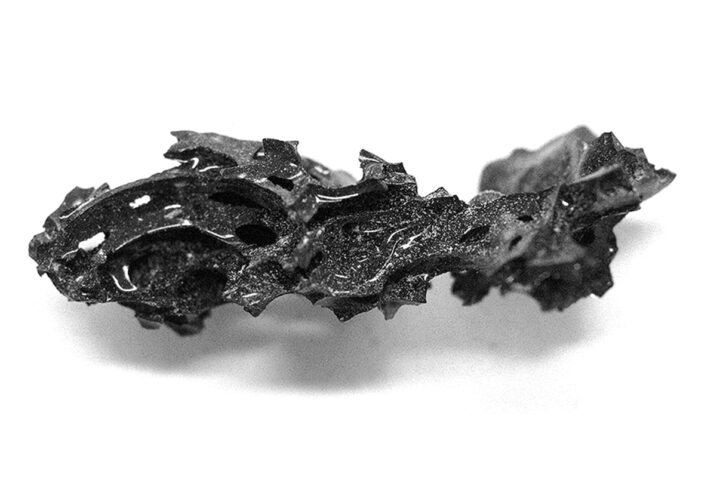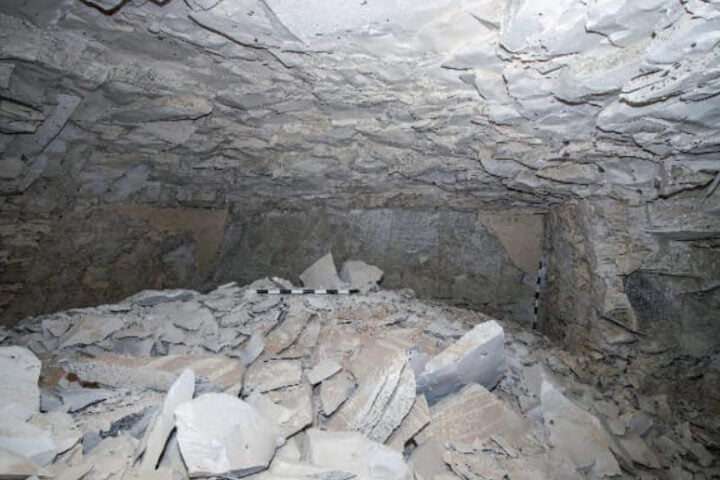A groundbreaking new study has upended our understanding of how Stone Age people obtained animal teeth for decorative ornaments. Researchers discovered that prehistoric communities used cooking techniques rather than simple cutting or scavenging to extract teeth, revealing a sophisticated approach that combined food preparation with craft production.
The research, published in June 2025 in the journal Archaeological and Anthropological Sciences, focused on the Zvejnieki cemetery site in Latvia, where over 2,000 animal tooth pendants have been excavated from graves dating between 7500 and 2500 BCE.
Dr. Aija Macāne from the University of Helsinki and Dr. Andrew Needham from the University of York led a team that tested seven different methods of extracting teeth from animal skulls. Their experiments, conducted over a year at the Īdeņa Experimental Centre in eastern Latvia, showed that wet cooking and pit steaming were significantly more effective than other approaches.
“Our experiments show that tooth extraction was a deliberate, time-sensitive process embedded in daily life, especially cooking practices,” said Dr. Macāne. “This challenges the assumption that teeth used for ornaments were simply scavenged or easily available.”
The researchers found that methods like cutting or hammering teeth from fresh jaws proved extremely difficult and often damaged the teeth. However, when using cooking techniques, the teeth could be removed cleanly without damage.
Pit steaming – similar to modern slow cooking – involved placing hot stones, coals, and water in a pit with animal heads and mandibles, then covering them with animal skins and vegetation. This method allowed the mixture to cook overnight, after which teeth could be easily removed intact.
Dr. Needham explained the significance of these findings: “What we see in these thousands of animal teeth at grave sites is that they are usually complete and undamaged by any extraction method.”
The cooking approach had additional benefits beyond tooth extraction. The meat remained edible, and the bones stayed suitable for tool-making, showing how Stone Age people maximized every part of the animals they hunted.
“This practice shows that Stone Age people were aware that there was a ‘right way’ to treat the animal remains in order to get everything they needed – from food to tools and ornaments,” said Dr. Aimée Little, Director of the York Experimental Archaeological Research Centre.
The teeth used for ornaments came primarily from elk, wild boar, and red deer, though remains from at least twelve other species, including dogs and even humans, have been found at the site. These pendants were typically found around the head, torso, and arms of buried individuals, suggesting they were worn on clothing or as jewelry.
Interestingly, the researchers noted a shift in species preference over time. Earlier burials favored large herbivores like elk, while later periods showed more use of carnivorous species like dogs, potentially reflecting changing cultural values or resource availability.
The study provides insights into how personal adornment was integrated with everyday activities in prehistoric communities.
“Making personal ornaments from teeth was likely to have been a social activity linked to everyday cooking activities,” noted Dr. Little. “It is easy to imagine that different members of Stone Age societies, including small children, were involved in their making, with the first stage of extracting teeth from mandibles happening as meals were being prepared.”
Similar Posts
This research is part of a broader project funded by the European Research Council called “Animals Make Identities,” which examines the social bioarchaeology of Late Mesolithic and Early Neolithic cemeteries in North-East Europe.
The findings suggest that prehistoric crafting was not highly specialized but rather embedded in routine survival activities. The researchers hope their work inspires further studies into early stages of ornament production, including comparisons with prehistoric butchery practices and the extraction of both human and carnivore teeth.

By understanding the extraction process more thoroughly, researchers gain deeper insight into the complete life cycle of these tooth pendants—from animal capture and processing to crafting, use, and eventual burial with their owners.
The study, which also involved researchers from Leiden University, the University of Alcala, and the University of Latvia, offers a window into how Stone Age people combined practical needs with cultural expression in their daily lives.
